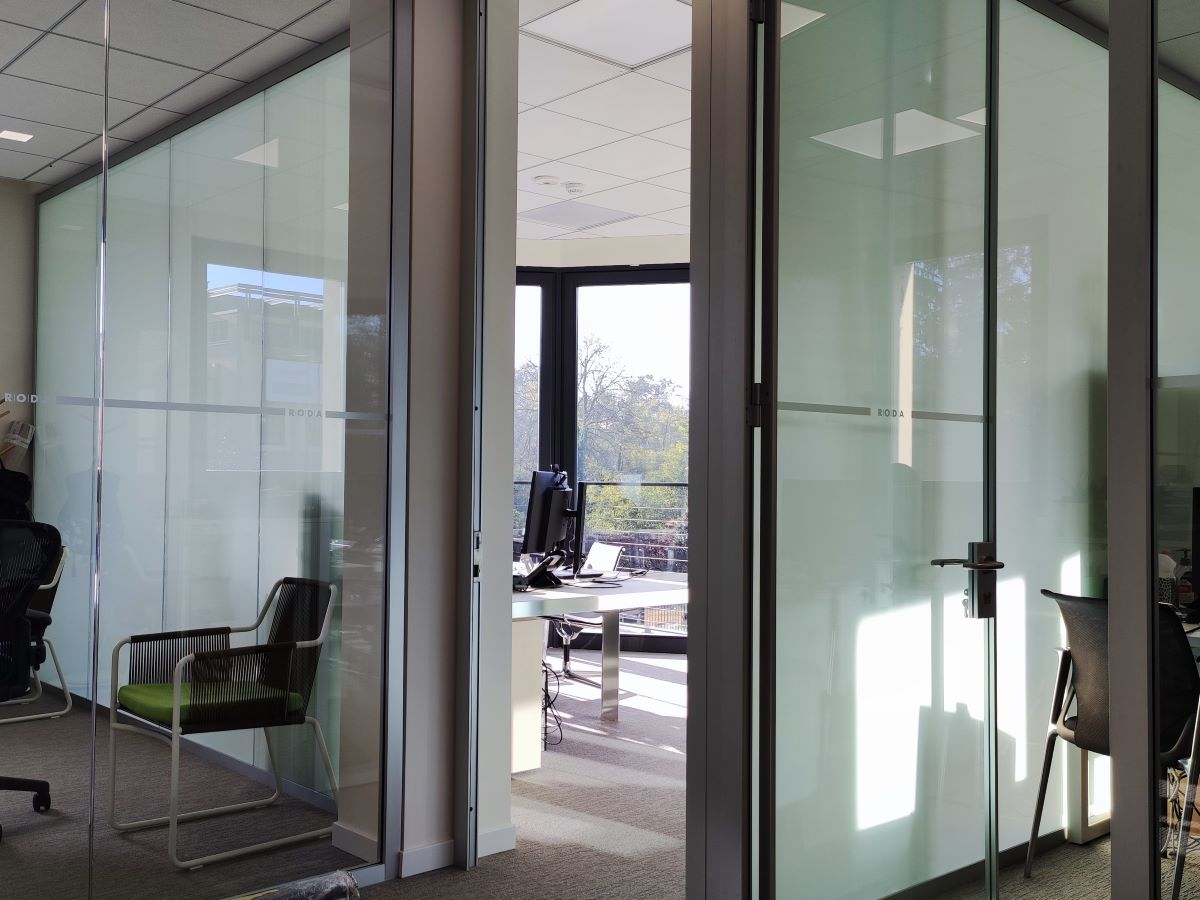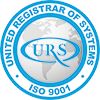“Electrochromic” is a word that often gets used in connection with smart glass, sometimes erroneously. In some instances, the term electrochromic glass is used when actually referencing a different type of smart glass technology, or when referring to the product category known as “smart glass”. The fact is, not all smart glass is electrochromic, and electrochromic glass is just one type of smart glass technology. Various other types of smart glass technology also exist, such as PDLC and SPD smart glass and films.
If you’re in the process of considering smart glass technology for your project, this article will help you understand some of the differences between electrochromic glass and PDLC smart glass to help you make the most informed decision.
Types of Smart Glass
Smart glass is classified as either active or passive. Active technologies include electrochromic, polymer dispersed liquid crystal (PDLC), and suspended particle devices (SPD), while thermochromic and photochromic are considered passive.
Active Smart Glass
Active smart glass, which responds to electric current, has a conductive layer that allows its functions to be controlled by the user. In addition to being switchable, electrified smart glass has other capabilities, such as acting as a display screen and emitting light. The three main types of active smart glass are electrochromic, polymer dispersed liquid crystal (PDLC), and suspended particle device (SPD). In this article we will focus on just PDLC and electrochromic, but you can read more about SPD here.
Polymer Dispersed Liquid Crystal (PDLC): This type of smart glass contains liquid crystals that are dispersed into a polymer glue-like material. Because it has a light transmittance of 80%, it is ideal for light filled privacy or projection in its opaque state. It is most typically coated between two pieces of PET-ITO to create a film. PDLC is controlled by the application of electrical voltage. The glass becomes opaque when the molecules are randomly aligned by blocking light, and transparent when the same molecules are aligned, letting the light through.
Electrochromic Glass: This type of active smart glass is produced by placing an electrochromic layer between glass and conducting layers. When an electric current is applied, the ions in the electrolyte layer are activated, causing the electrochromic layer to change color, from dark to transparent. Unlike other types of smart glass, electrochromic smart glass stays transparent unless electric power is used to switch it back to opaque. Historically, the transition from clear to dark has been slow and nonhomogeneous in large window sizes, especially compared to PDLC smart glass.
What to choose: PDLC Smart Glass or Electrochromic Glass?
While both PDLC and electrochromic technologies provide different benefits (PDLC is ideal for privacy and electrochromic is ideal for shading) there are other factors to consider in the purchasing decision which could be vital decision makers.
Instant switching: PDLC switches from transparent to opaque in a matter of seconds. However, electrochromic smart glass is nowhere near as fast, sometimes requiring several minutes. PDLC is a better choice for use in building facades when a quick switching time is necessary. It switches in a matter of milliseconds.
No limited MOQ: PDLC smart glass, in many cases, does not have a minimum quantity requirement, making it ideal for projects of all scopes and sizes, even small ones. This is especially useful for renovation or remodeling projects. However, you may notice when you are considering electrochromic smart glass for certain projects that its minimum order quantity is quite substantial, often 5000 sq. ft. or more, depending on your suppler of choice.
Better lead time: Don’t let dauntingly long lead times delay your project. When you order PDLC smart glass, your order will typically take approximately six weeks to produce depending on product type or location. If you are considering electrochromic smart glass, keep in mind that
lead time can range anywhere from six months to a year based on various suppliers. In fact, it is not uncommon to wait years before the option to even place an order becomes available.
Are you working on a project and considering using smart glass? If you have decided that PDLC is right for you, give us a call and get a quote for Gauzy’s smart glass today.
Considering Smart Glass in your next project? Contact the Smart Glass experts at Gauzy today.










